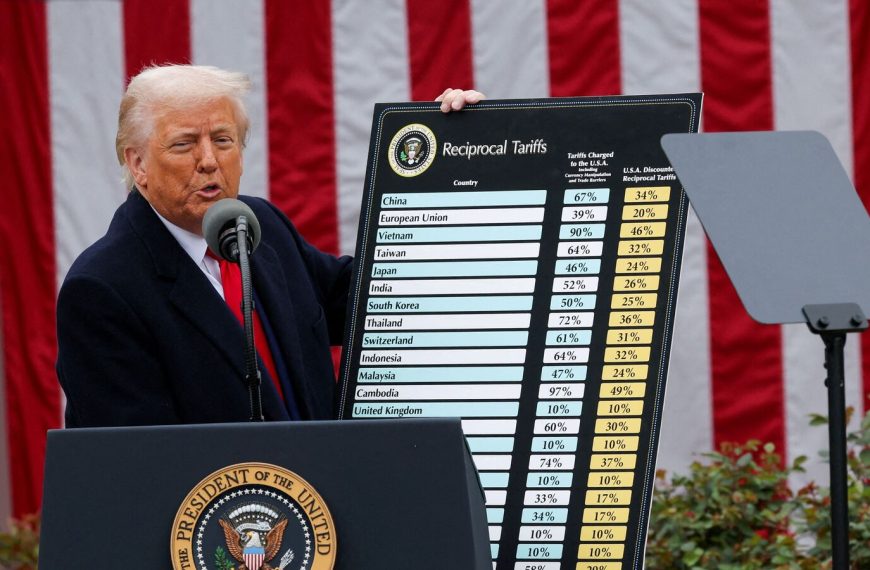On March 10, Indian stock markets faced a decline after experiencing a significant upswing the previous week, which marked the best weekly performance for leading indices in three months. Initially, both the Nifty 50 and BSE Sensex began the day on a steady note, but as trading progressed, profit-taking in major stocks, particularly Reliance Industries, led to a downward trend. By the end of the session, the Nifty 50 slipped by 0.41% to close at 22,460, while the Sensex fell 0.29% to finish at 74,115.
Broader Market Struggles
The broader market faced even tougher challenges, with the Nifty Midcap 100 dropping by 1.53% to 48,440, and the Nifty Smallcap 100 index plunging by 1.97%, closing at 15,198. This significant downturn highlights the continuing pressures on mid and small-cap stocks within the Indian market.
- Key Market Data:
- Nifty 50: -0.41% to 22,460
- Sensex: -0.29% to 74,115
- Nifty Midcap 100: -1.53% to 48,440
- Nifty Smallcap 100: -1.97% to 15,198
Global Market Influences
Asian markets mirrored this downward trend, largely due to China’s Consumer Price Index (CPI) experiencing its most significant drop in 13 months during February. Additionally, ongoing producer price deflation has persisted for 30 consecutive months, raising concerns about economic growth in both China and the U.S. The downturn in the U.S. markets last Friday followed disappointing Nonfarm payroll figures, which have intensified fears of an economic slowdown, prompting investors to flock towards U.S. Treasuries.
Recent analysis suggests that both China and the U.S. are grappling with demand slowdowns. Should tensions escalate between these two economic giants, the ramifications could ripple through the global economy, impacting markets worldwide.
Brokerages Adjust Forecasts
Investor sentiment took a hit today as global brokerage firm Goldman Sachs revised its target for the Nifty index down to 25,500, a reduction from the previous 27,000. The firm maintained a ‘Marketweight’ rating on India after downgrading from ‘Overweight’ last October, indicating concerns over India’s economic growth and corporate profit trends. Goldman anticipates a modest earnings growth for Indian companies, projecting low-teens growth over the next year.
Sectoral Performance Overview
In today’s trading session, a majority of sectoral indices experienced declines, with Nifty Realty emerging as the biggest loser, dropping 2% as the sell-off in real estate stocks extended for a third consecutive session. Other sectors, including Nifty Oil & Gas, which had previously seen gains due to falling crude oil prices, also faced pressures, falling by 1.90%.
- Sector Performance Highlights:
- Nifty Realty: -2%
- Nifty Oil & Gas: -1.90%
- Nifty PSU Bank: -0.50% to -1.90% across various sectors
- Nifty FMCG: +0.22%, the only sector to close positively
Expert Insights on Market Trends
Vinod Nair, Head of Research at Geojit Financial Services, commented on the market dynamics, noting that persistent global uncertainties, including rising U.S. unemployment rates and tariffs, are contributing to ongoing volatility. He suggested that investors might consider cautiously accumulating undervalued stocks in the short term, while the long-term outlook remains appealing.
Technical Analysis Overview
Analysts provided technical insights, indicating that the Nifty index remained under pressure throughout the day. Rupak De from LKP Securities highlighted that the Nifty found resistance at the 21 EMA, leading to a decline towards 22,400. This level is expected to act as a crucial support point, while resistance is projected at 22,750.
In contrast, Hrishikesh Yedve from Asit C. Mehta Investment Intermediates pointed out the formation of a shooting star candlestick pattern, indicating immediate resistance around 22,720, with a critical support level at the 9-Day Simple Moving Average (9-DSMA) near 22,370. Until the Nifty surpasses 22,800, traders are advised to focus on buying near support levels while booking profits around resistance.
In summary, the Indian markets faced a challenging day influenced by both domestic and global factors, with all eyes on upcoming economic indicators that may signal a shift in the current volatility.









